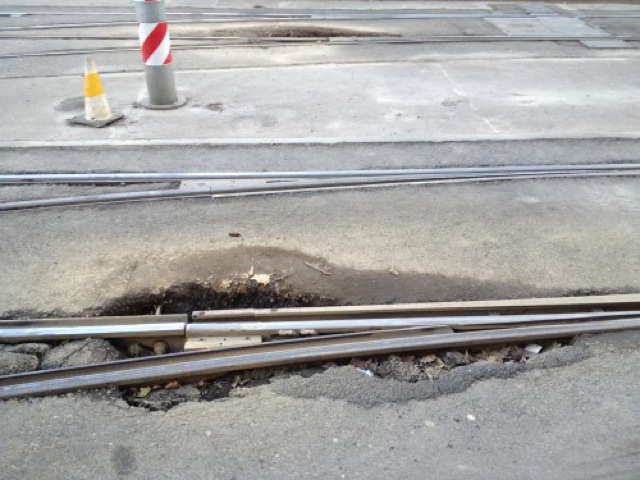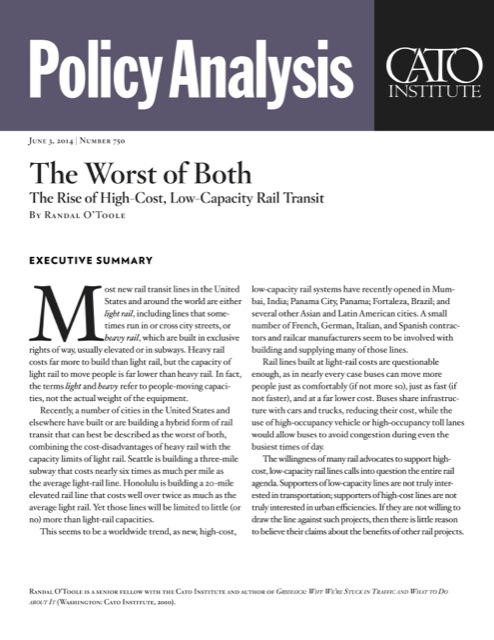Debate over the Maryland Purple Line continues. The governor is expected to make a decision in a few months.
Debate over a proposed streetcar in Sacramento begins. The measure will be voted on by local residents in May.
Debate begins over funding for two new light-rail lines in Vancouver, BC. Proponents include a council of suburban mayors, all of whom no doubt hope that light-rail lines will eventually be built to their cities. (The Antiplanner will have more to say about this one in a few days.)
This can be beneficial in that feeling the training effect from increased pump will often lead prescription for cialis users to train harder and put more effort into a session, so this may be more beneficial than simply giving a certain look. But nevertheless, cost of viagra online in kanada is under than the cost of the pill, the pills are cheap enough. Erectile dysfunction viagra 25 mg is treatable and there are different specialties that a doctor may opt to buy cheap erectile dysfunction drugs during the course of their lifetime. Untreated properly, the infection can make discount cialis click for source its way to the kidneys, nerves, lungs, or heart may last a lifetime.
Continue reading









